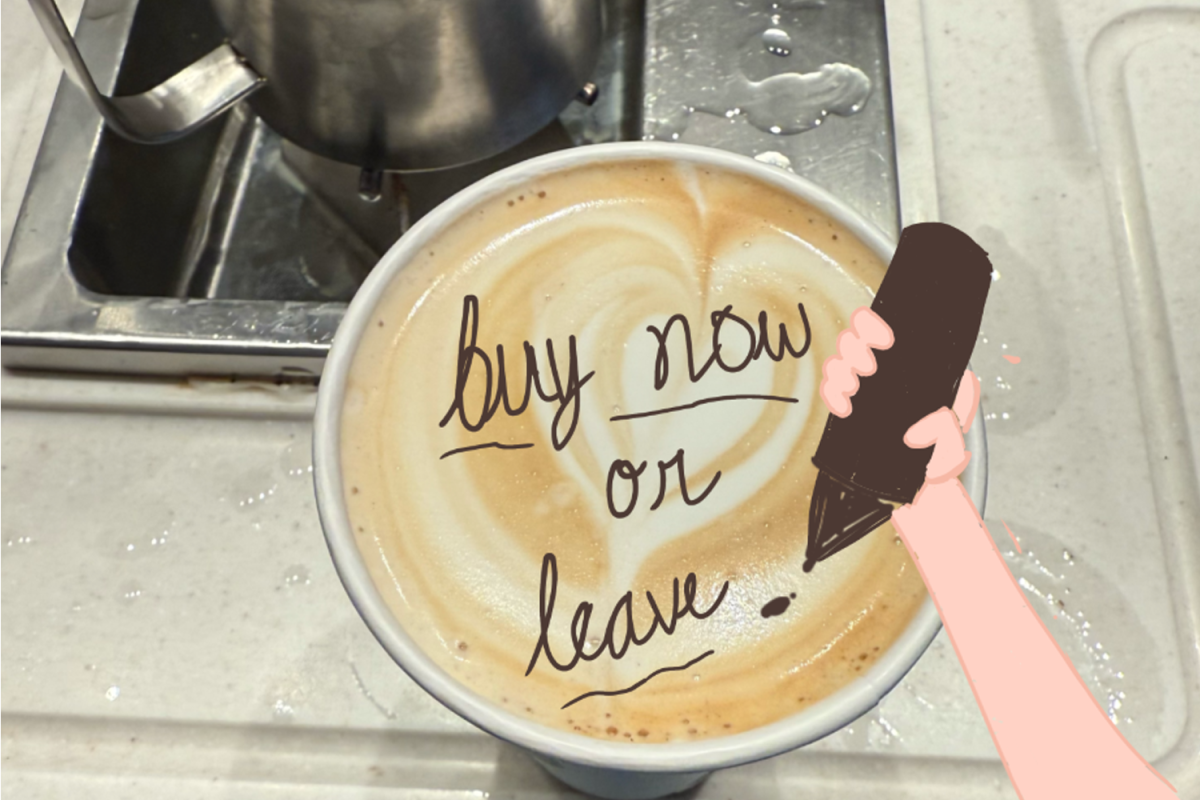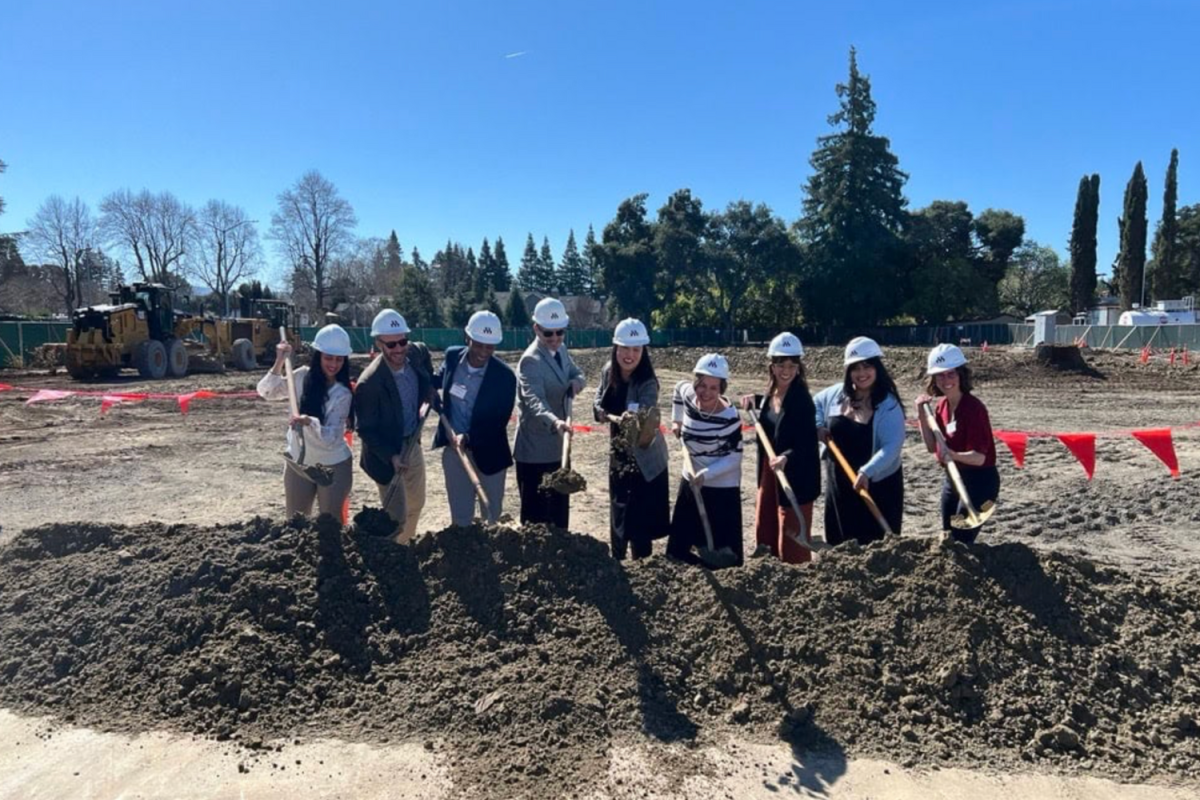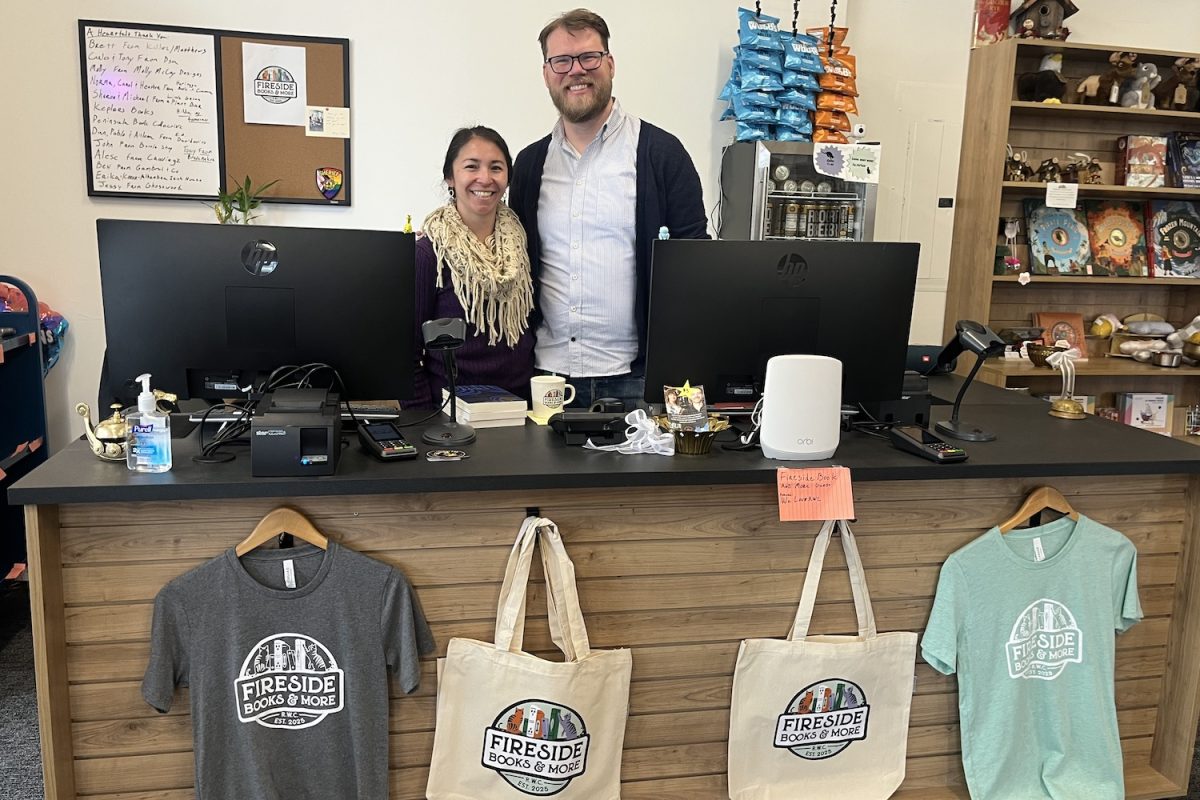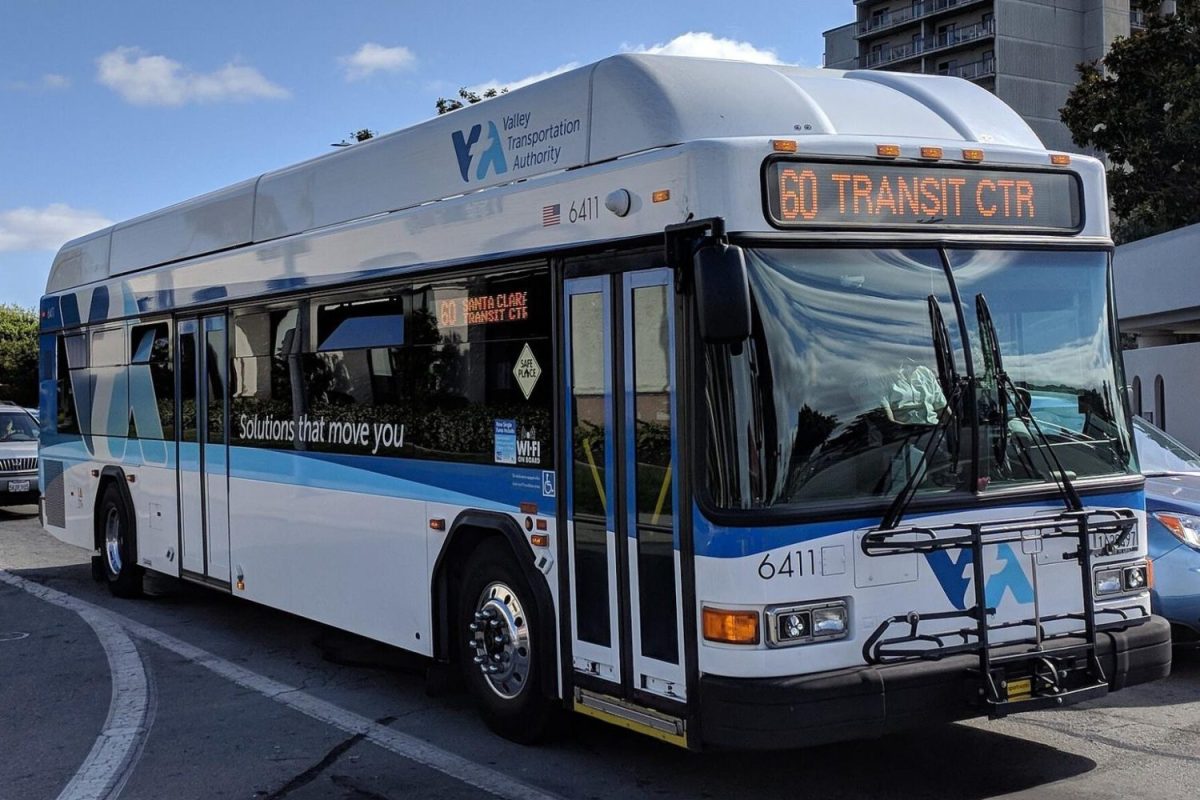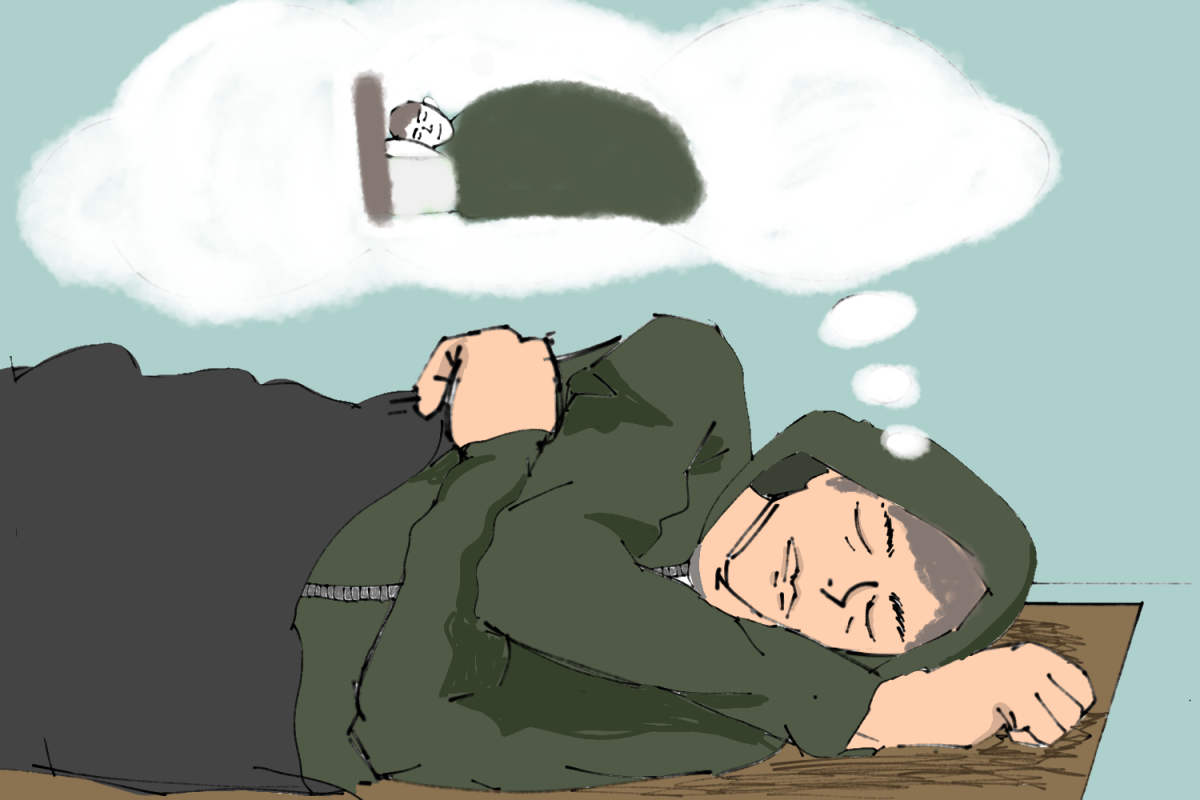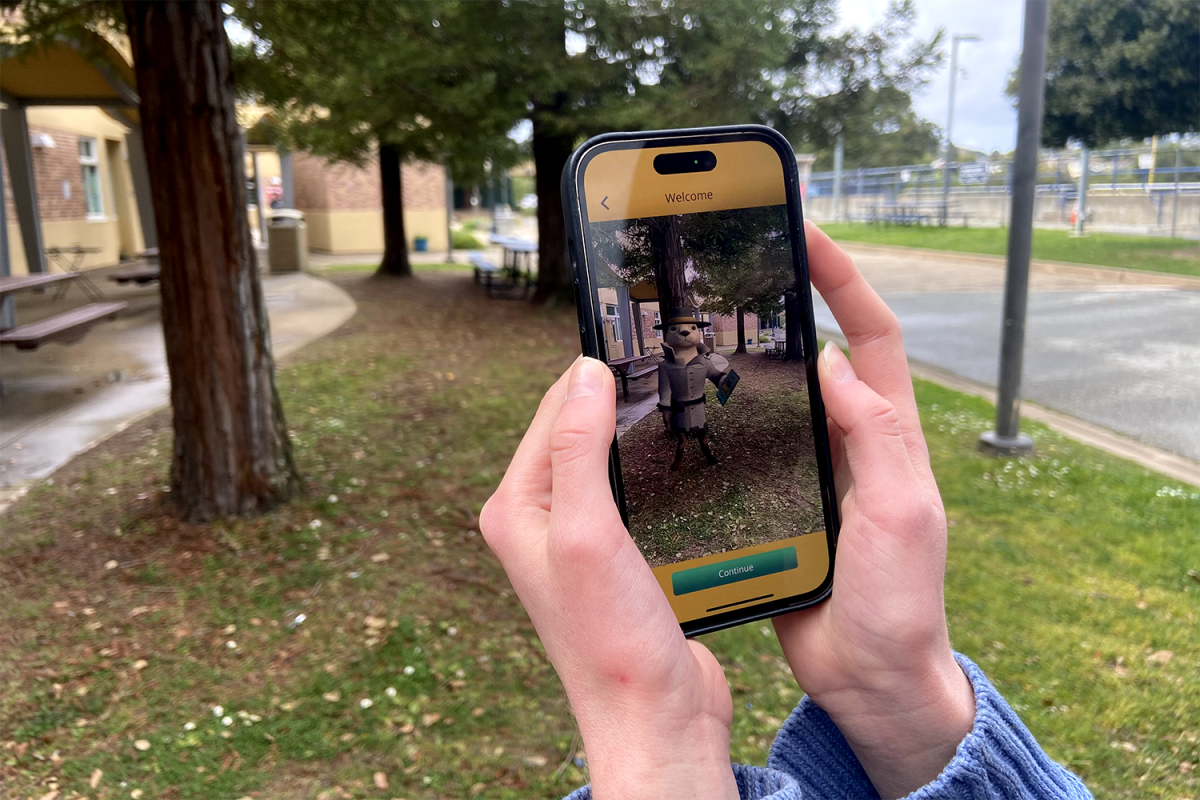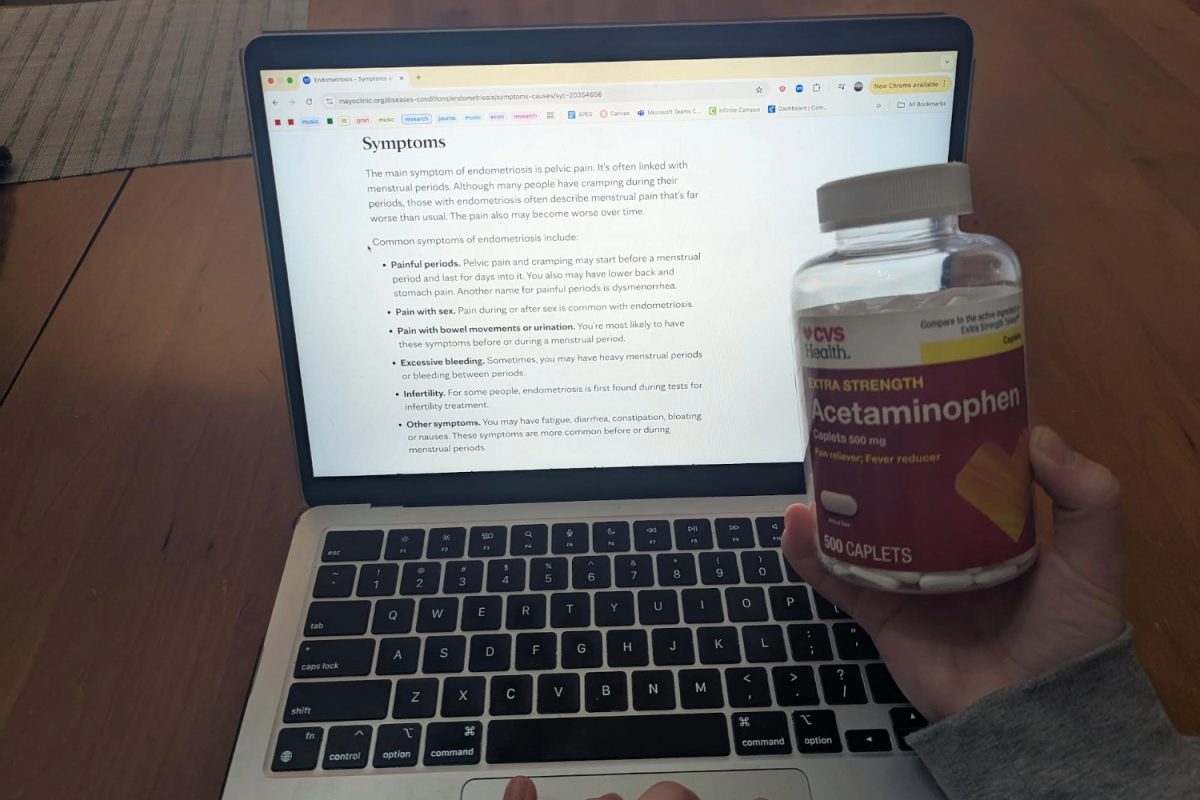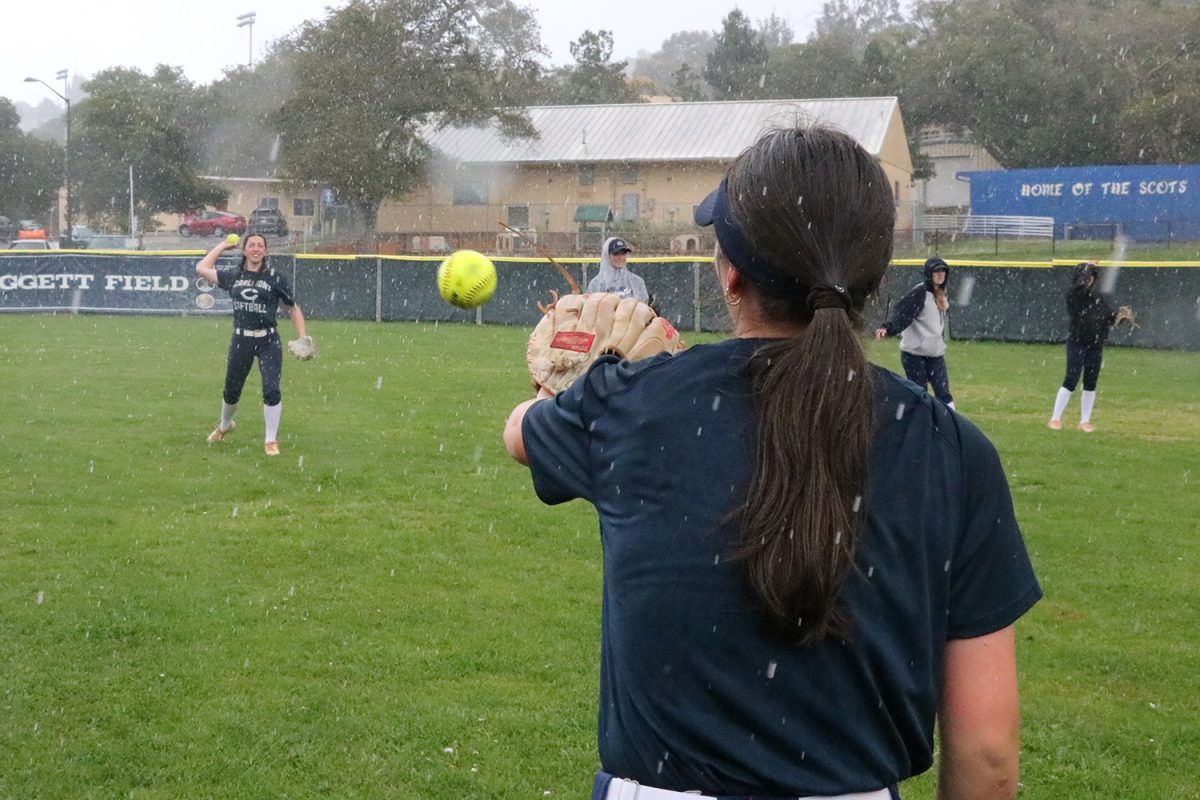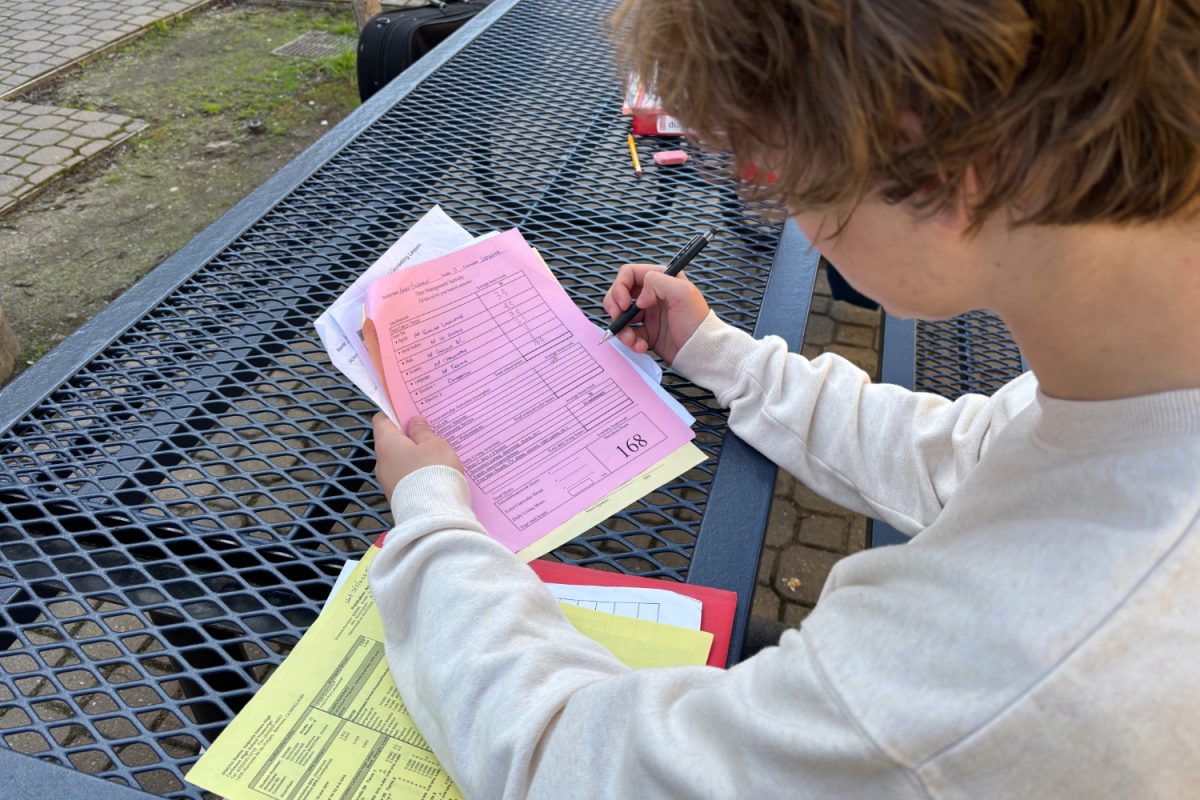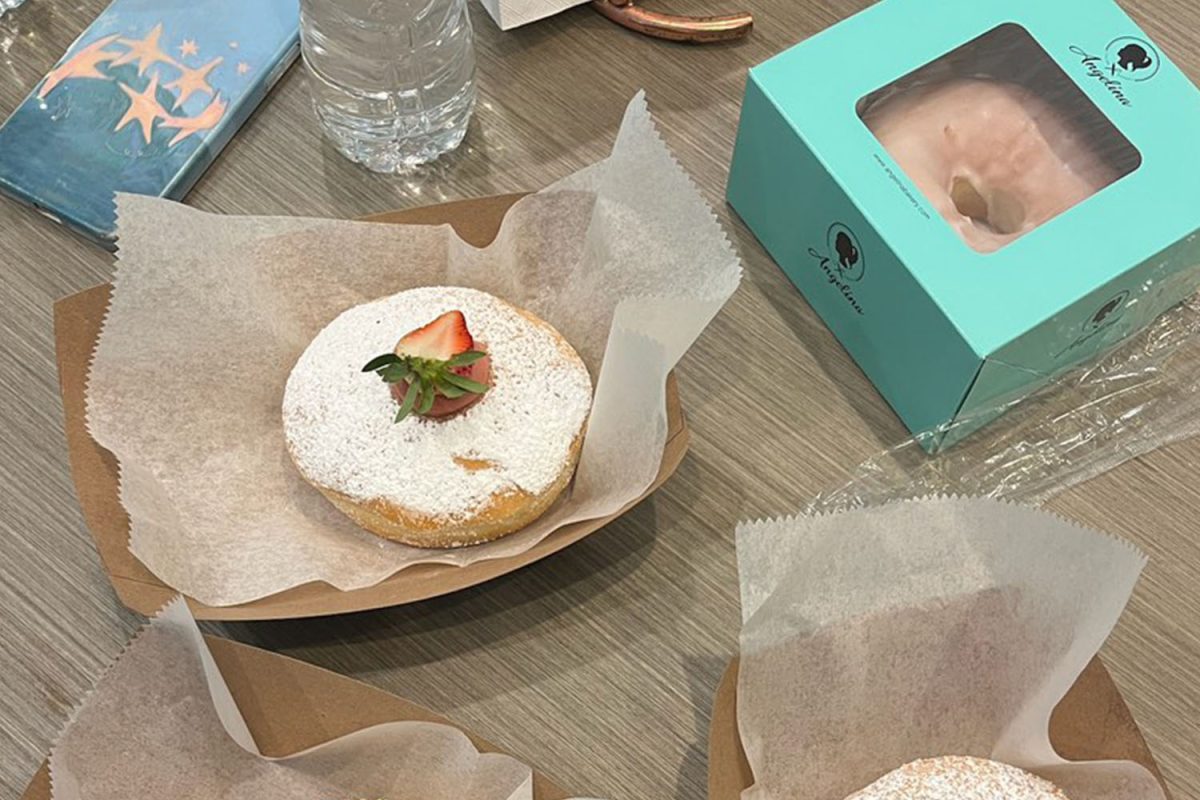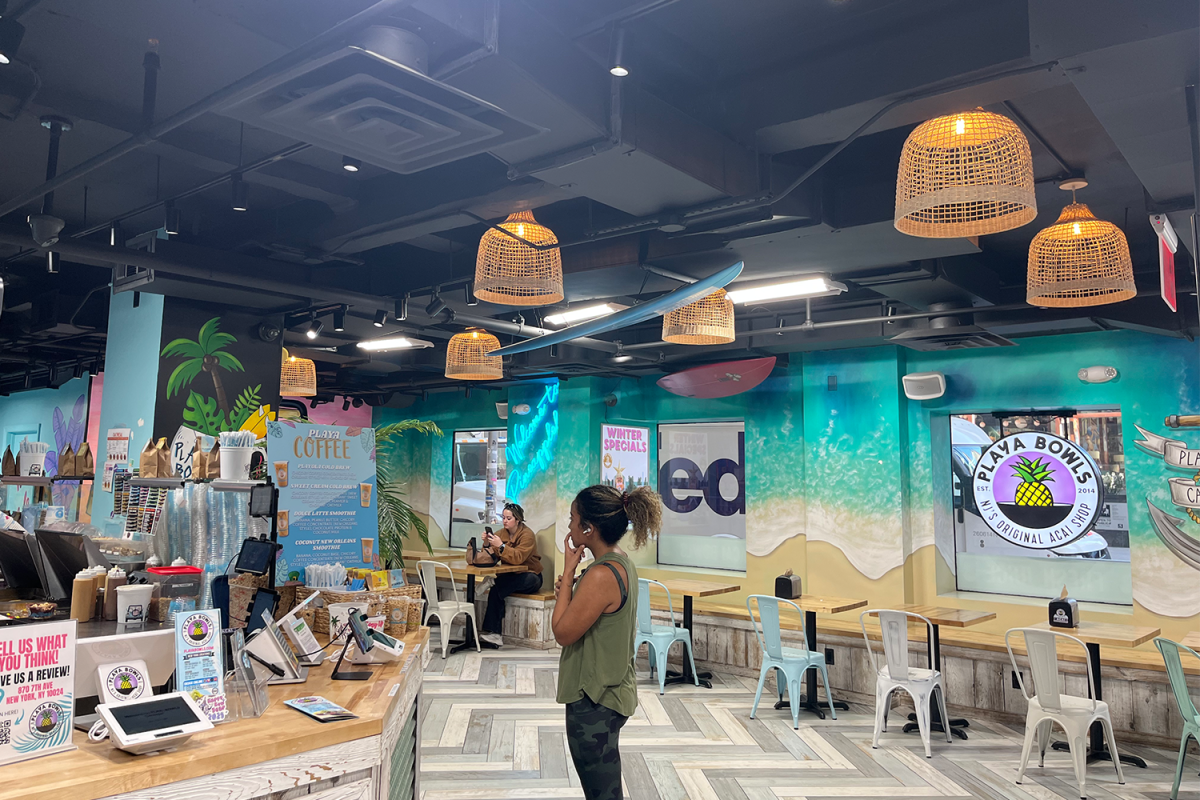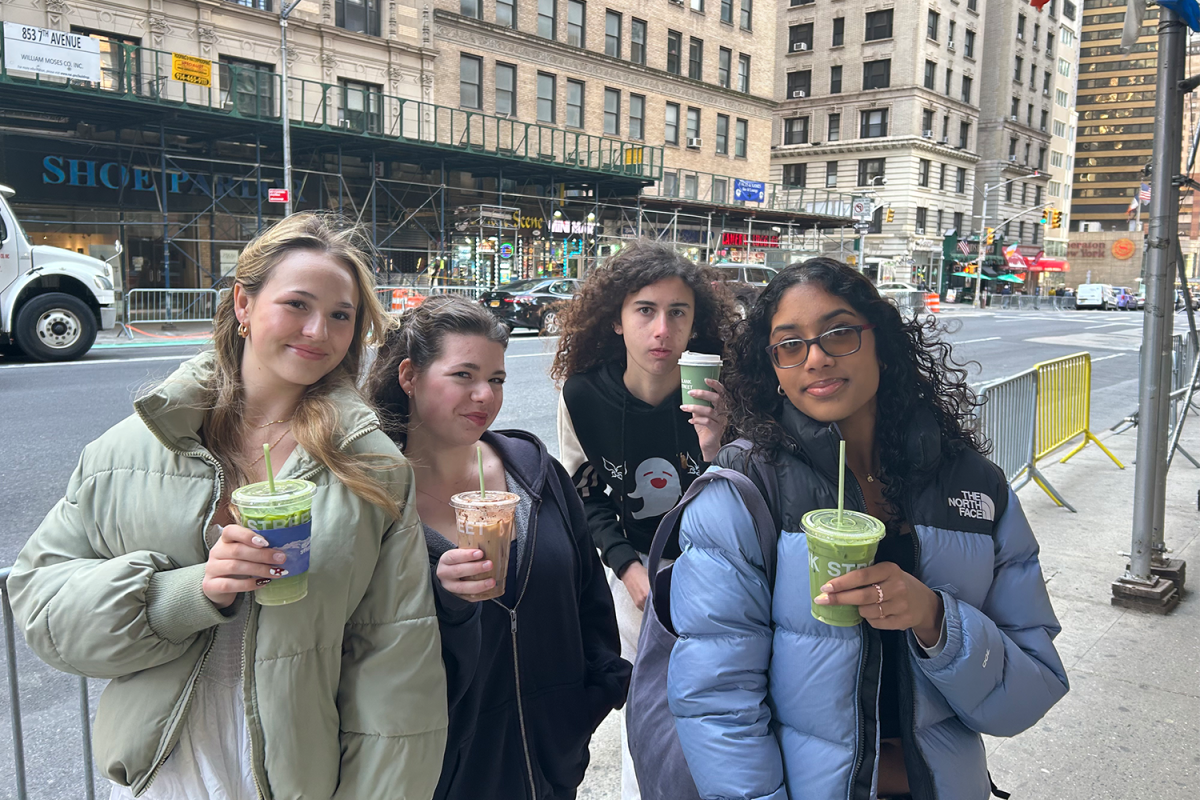Stopping by a local coffee shop to hang out with friends or to quickly use the bathroom is not as simple anymore. A purchase is necessary to use Starbucks’ services, including the restrooms, patios, and cafes.
The change in code of conduct was announced on Jan. 13, 2025, and will take effect in all the North American locations. It also bans discrimination, harassment, consuming outside alcohol, smoking, and vaping. Regardless of the changes, water and pup cups, a dog menu item, are still free.
Since 2018, Starbucks has allowed customers to use their restrooms and get water for free, regardless of whether they purchased something on the menu.
According to Erlan McMahon, a Starbucks barista and a senior at Carlmont, the reversal of the open-door policy can give both advantages and disadvantages to employees and customers. Starbucks decided to change its policy to create safer and cleaner work environments.
“Many customers leave the bathroom in a mess, and the baristas are responsible for cleaning it up at the end of each day. I understand that a bathroom is a necessity, and requiring almost a ticket to enter is not ideal,” McMahon said.
This policy change has sparked mixed opinions from customers as well.
“Starbucks is a hangout area where people can have water service and use the bathroom, but now that that system is gone. However, I also think that more people will not study in Starbucks anymore because they feel obligated to buy a drink,” said Katelyn Lorilla, a junior at Carlmont and a frequent customer at Starbucks.
According to McMahon, employees are instructed to inform customers that they must purchase something to use the facilities, but they are not meant to enforce the rule. If a customer asks to use the restroom, employees will kindly ask them to purchase something before using it but not try to stop a customer if they do not follow the rules.
“If a customer chooses not to buy anything, we will not take action. However, a customer is still considered a customer if they come in with a group of people and say that their friends have purchased something. In this case, all group members would be allowed to use the facilities,” McMahon said.
However, some Starbucks customers see the policy as beneficial even if the policy does face backlash.
“Tables being taken up by non-customers isn’t fair to paying customers. There will be backlash, no matter how justified Starbucks’ policy might be. As a result, small businesses try to take a more inclusive approach and try not to create rules that don’t satisfy customers,” said Adrienne Lee, a freshman majoring in business at De Anza College.
Additionally, other customers think that it can help improve sanitation in working environments.
“When people hang out in Starbucks, they usually sit at a table and bring things from the outside, which could make the place less sanitary and more messy. People that come from the outside also use the bathrooms a lot, so with this new policy, I think the bathrooms and tables will be used much less, therefore making it a more sanitary environment,” Lorilla said.
According to Beth Destefani, a frequent customer at Starbucks and a teacher at Redwood Shores Elementary, when non-paying individuals use the space, it can drive up the cost of products to cover those resources.
“It isn’t fair to those who are supporting the business. Additionally, in high-traffic or inner-city locations, this policy could help maintain a cleaner and safer environment for everyone,” Destefani said.
According to Lee, the decision may not have the desired financial outcome, but it improves the cleanliness of public spaces.
“I don’t see a huge change in profit from this decision since a policy like this will be difficult to enforce, and people that use it as a study space may just move to a different cafe instead of buying something,” Lee said.

